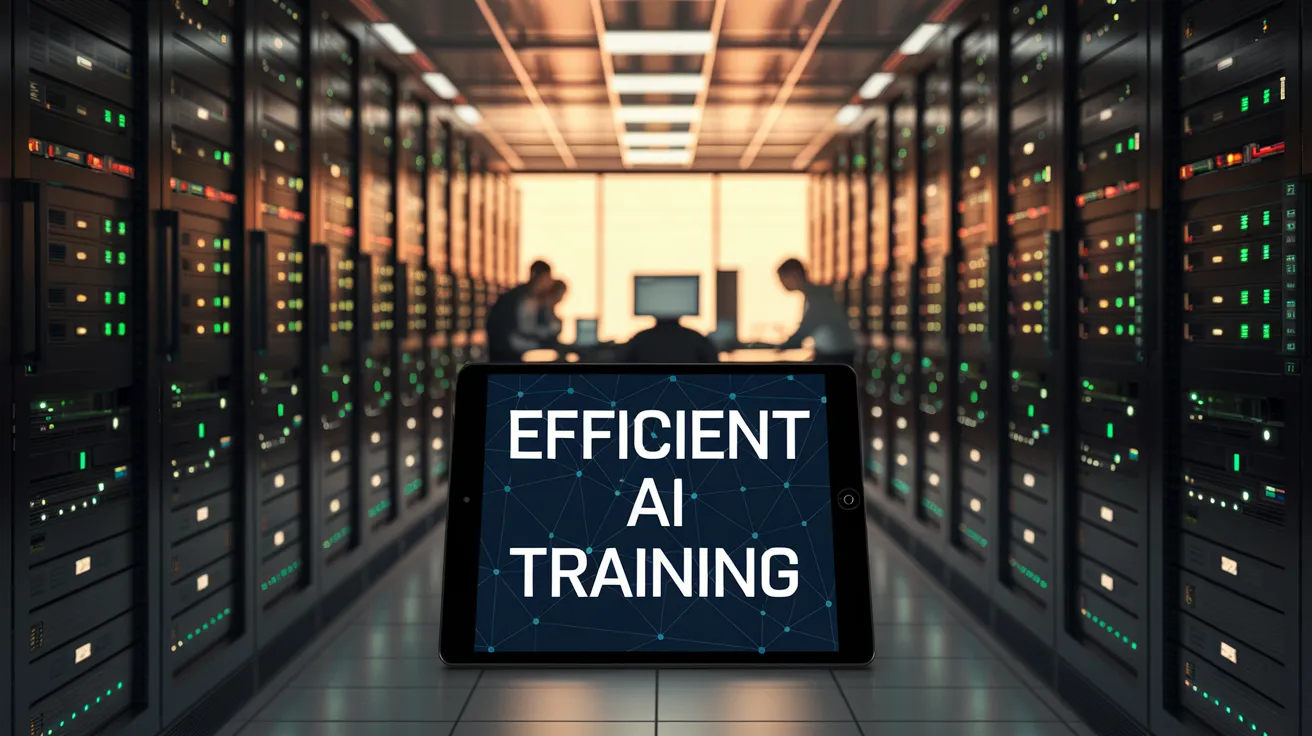MIT Develops Efficient AI Training Technique

Research across various fields such as robotics, medicine, and political science is focused on training AI systems to make meaningful decisions. A prime example involves using AI to intelligently manage traffic in congested cities, optimizing both travel time and safety. However, the challenge lies in effectively teaching AI to handle the inevitable variability found in real-world situations.
Reinforcement learning models serve as the foundation for many AI decision-making systems, yet they often struggle with even minor task variations. For instance, a model trained to control traffic might fail when faced with different speed limits or complex intersection layouts.
To address these challenges, MIT researchers have developed a more efficient algorithm designed to enhance the reliability of reinforcement learning models. This new approach focuses on selecting the most impactful tasks to train an AI agent, ultimately enabling it to perform well across a broad spectrum of related tasks. In the context of traffic management, for example, each task could represent a different intersection within an entire city.
By concentrating on a targeted number of intersections that most influence the model’s effectiveness, this method achieves superior performance while minimizing training costs. The researchers reported that their technique is between five to 50 times more efficient than traditional training methods across various simulated tasks, leading to quicker learning and improved AI performance.
Cathy Wu, the senior author of the study and an associate professor at MIT, expressed excitement over the simplicity and potential of the new algorithm. She noted, “We were able to see incredible performance improvements with a very simple algorithm, which is more likely to be adopted by the community because it is easier to implement and understand.”
The team, including lead author Jung-Hoon Cho and collaborators from different departments at MIT, designed their research to be presented at the prestigious Conference on Neural Information Processing Systems.
Traditionally, engineers face a dilemma in training algorithms for managing traffic lights: they can either tackle each intersection independently or develop a unified algorithm using data from every intersection. Both strategies come with trade-offs; training individual algorithms is data-intensive while a unified model often underperforms.
The new method seeks a middle ground by independently training on a carefully selected subset of relevant tasks. By using concepts from zero-shot transfer learning, researchers can apply already trained models to new, neighboring tasks without further training, leading to enhanced performance without excessive data requirements.
The Model-Based Transfer Learning (MBTL) algorithm developed by the team models how well each task can be performed independently and assesses potential performance degradation when transferring knowledge to other tasks. This explicit modeling allows sequential selection of tasks that maximize performance gains, dramatically improving the efficiency of the training process.
Utilizing MBTL, the researchers tested their technique across simulated scenarios, including traffic light control and speed advisories, and found it significantly outperformed conventional methods. The 50x efficiency could allow the model to achieve high performance with just two tasks, as opposed to the 100 required by standard techniques.
Looking ahead, the researchers plan to adapt the MBTL algorithms for more complex problem spaces and aspire to apply their findings to real-world challenges, particularly within next-generation mobility systems. This research has been supported by several prestigious grants and awards, showcasing MIT’s commitment to advancing AI methodologies for practical applications.